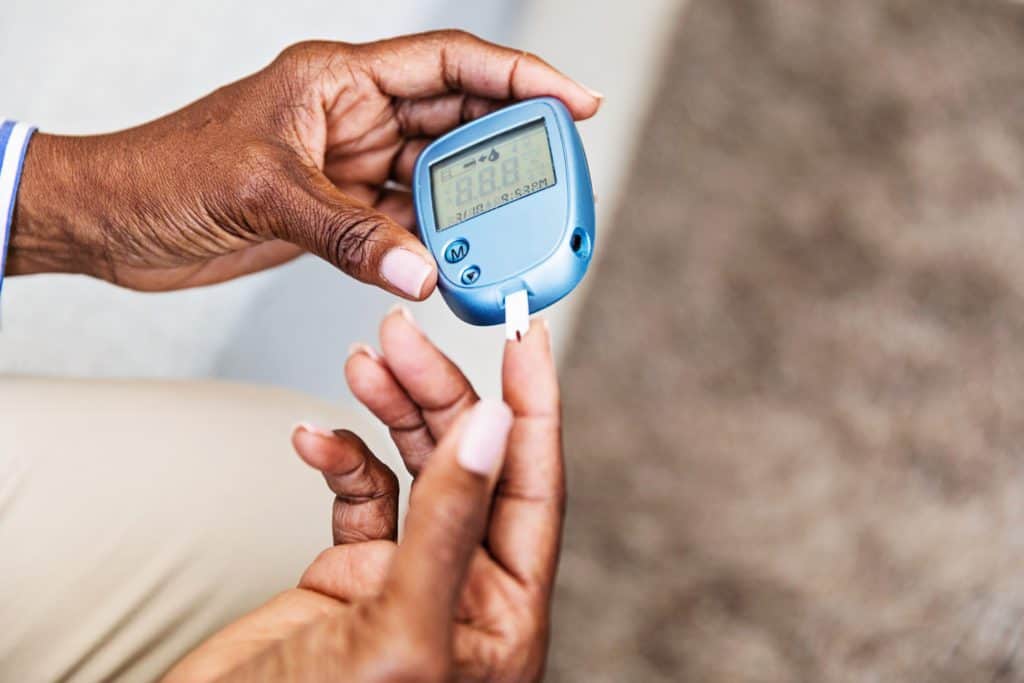The function of the carotid arteries is to bring blood to your brain and a build-up of plaque, made up mostly of fat and cholesterol, can occur inside these arteries. The plaque causes the arteries to become stiff; this is commonly referred to as “hardening of the arteries.” When the arteries become obstructed, the blood is not able to flow freely to the brain, and the brain is deprived of oxygen, glucose, and other nutrients that are needed. Strokes can occur when the plaque ruptures and sends debris to the brain blocking the cerebral arteries, damaging the brain.


You Have a Choice When It Comes to Vascular Care.
Get an Appointment at VIC In 1 to 3 days – Without a Referral!
You Have a Choice When It Comes to Vascular Care.
Get an Appointment at VIC In 1 to 3 days – Without a Referral!
Preventative measures can be taken to prevent or slow the disease progression. With additional lifestyle adjustments one can also decrease progression:

Early carotid artery disease is usually asymptomatic. Higher degrees of stenosis can present as a stroke or a mini-stroke. This includes transient blindness in one eye, weakness or numbness of an arm or leg, paralysis of the face, or speech problems.
A non-invasive Duplex Ultrasound examination is typically the most effective test to determine your risk and the severity of carotid artery disease. If you experience carotid artery symptoms suggestive of a stroke, it’s crucial to contact your primary care doctor for an evaluation.
Carotid artery stenosis treatment options include:
Common carotid artery symptoms can sometimes include transient ischemic attacks (TIAs) or even stroke. There are different ways to describe the condition based on the location and extent of the narrowing, such as internal carotid artery stenosis, which specifically affects the internal carotid artery, or bilateral carotid artery stenosis, where both carotid arteries are narrowed. Recognizing these potential symptoms are important for seeking timely diagnosis and treatment.
Chattanooga | Cleveland | North Georgia | Jasper | Dayton | Hixson

Monday: 8 AM – 5 PM • Tuesday: 8 AM – 5 PM • Wednesday: 8 AM – 5 PM • Thursday: 8 AM – 5 PM • Friday: 8 AM – 5 PM • Saturday: Closed • Sunday: Closed
Monday: 8 AM – 5 PM
Tuesday: 8 AM – 5 PM
Wednesday: 8 AM – 5 PM
Thursday: 8 AM – 5 PM
Friday: 8 AM – 5 PM
Saturday: Closed
Sunday: Closed
Call now to book an appointment.
Conveniently located near Northgate Mall.